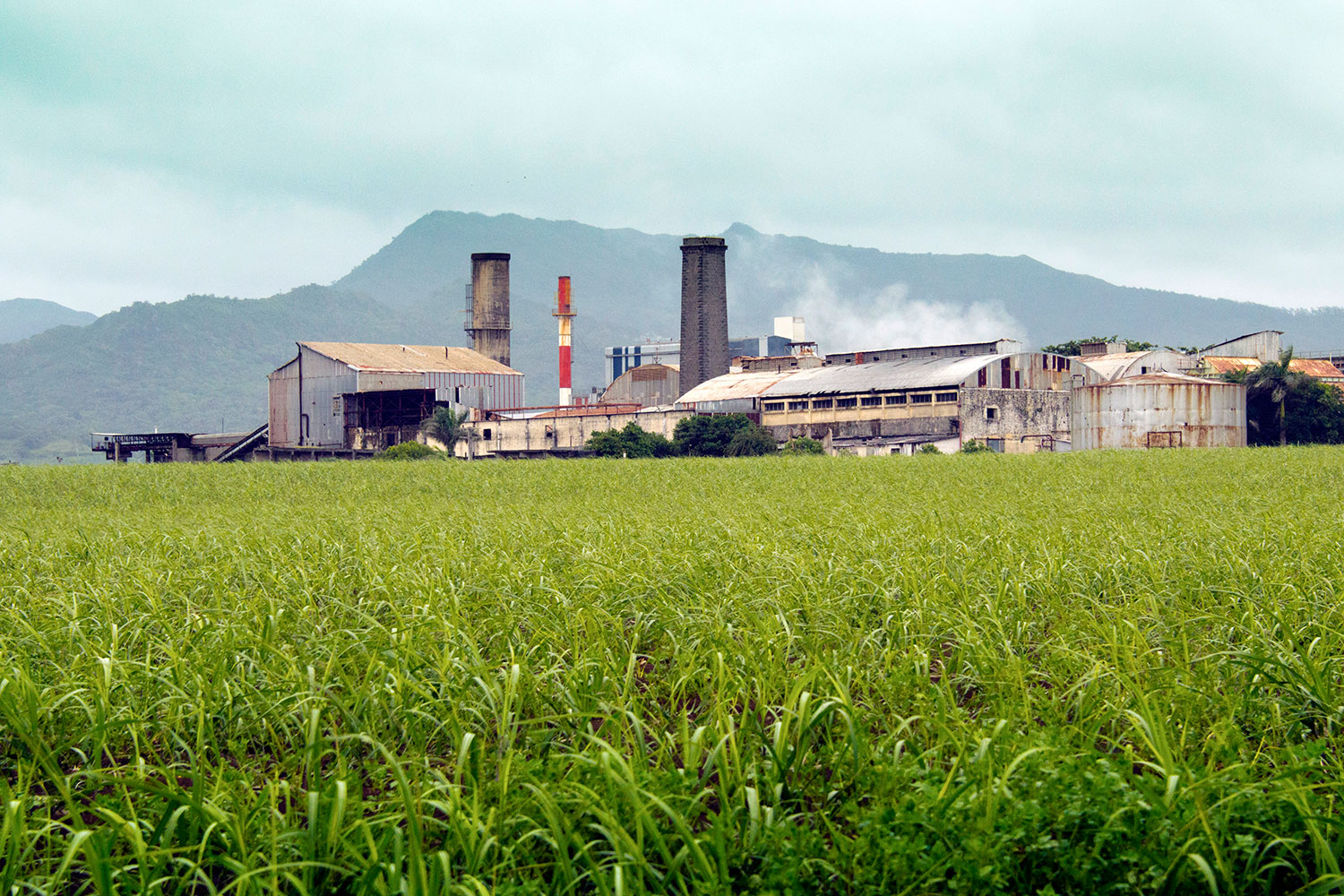Best Cane Sugar Processing Chemicals: Relied On by Sector Specialists
Best Cane Sugar Processing Chemicals: Relied On by Sector Specialists
Blog Article
Maximizar Rendimientos Y Minimizar Costos: Estrategias Avanzadas Para La Optimización Química Del Procesamiento De Azúcar De Caña
In the world of walking cane sugar processing, the search of optimizing returns while concurrently decreasing expenses stands as an awesome challenge that requires a critical blend of sophisticated chemical optimization strategies. Amidst this elaborate web of strategies lies the pledge of opening untapped possibility and reinventing the very essence of sugar manufacturing.
Chemical Evaluation for Effectiveness
Chemical analysis plays a pivotal duty in boosting the effectiveness of sugar cane processing by offering vital understandings right into the composition and buildings of the raw materials. By performing in-depth chemical evaluations on sugar walking cane examples, processors can identify the precise focus of sucrose, glucose, fructose, and various other parts present in the raw product. This information is important for enhancing the numerous stages of the sugar walking cane processing chain, from milling to condensation.
Moreover, chemical evaluation enables processors to identify impurities such as organic acids, healthy proteins, and minerals that can impact the high quality and return of the last sugar item. By measuring these pollutants, cpus can carry out targeted techniques to remove or alleviate their results, eventually improving the total efficiency of the processing plant.
Additionally, chemical analysis promotes the monitoring of process specifications such as pH, temperature, and thickness, enabling processors to make real-time changes to ensure ideal problems for sugar extraction and condensation. Generally, a thorough understanding of the chemical structure of sugar walking cane is crucial for taking full advantage of returns, minimizing costs, and keeping high item high quality in the sugar production market.

Enzyme Use for Raised Yields
With a tactical approach to enzyme use, sugar walking cane cpus can substantially enhance their yields while maintaining functional effectiveness in the production procedure. Enzymes play an essential role in sugar walking stick handling by damaging down complex carbs right into easier sugars, thus enhancing the total sugar extraction efficiency. By integrating specific enzymes tailored to target the different elements of sugar walking stick, such as cellulose and hemicellulose, processors can boost the release of sugars throughout extraction.
Enzyme usage uses the advantage of making best use of sugar yields from the raw product while decreasing the power and resources needed for processing. Through careful option and application of enzymes, sugar cane processors can maximize their procedures to accomplish higher yields and profitability.
Ph Control for Optimal Handling
Enzyme use for enhanced yields in sugar cane handling lays the structure for attending to the crucial element of pH control for optimal processing effectiveness. Maintaining the proper pH level throughout various stages of sugar walking cane handling is crucial for making best use of yields and minimizing expenses. pH control is specifically critical during the removal and clarification processes. In the extraction stage, maintaining the correct pH assists in attaining reliable sucrose extraction from the walking stick. Managing the pH during explanation aids in the rainfall of contaminations and non-sucrose parts, bring about a purer final item. In addition, pH affects the task of enzymes associated with the breakdown of macromolecules, impacting the general performance of the process. By thoroughly keeping track of and readjusting the pH levels at various processing steps, sugar walking stick cpus can enhance sugar recovery prices, reduce chemical use, and maximize the overall manufacturing process. Reliable pH control not just improves the quality of the last item however likewise contributes to lasting and cost-efficient sugar walking stick handling operations.
Advanced Filtering Techniques
Executing advanced filtration techniques in sugar cane handling enhances the effectiveness and purity of the end product with fine-tuned splitting up techniques. By integrating cutting-edge filtration technologies, such as membrane filtering and activated carbon filtering, sugar walking cane handling plants can achieve higher levels of sugar healing and enhanced quality assurance.

Turned on carbon filtration is another sophisticated strategy try this out that aids Get More Information in the elimination of colorants, off-flavors, and recurring impurities from sugar walking cane items. By making use of turned on carbon's adsorption residential properties, this filtration technique improves the quality and preference of the sugar, meeting the high requirements demanded by consumers and sector guidelines.
Energy-Efficient Distillation Approaches
Energy-efficient distillation techniques are essential for enhancing the sugar walking cane processing industry's energy intake while maintaining high-grade product requirements. Conventional purification procedures can be energy-intensive, resulting in greater manufacturing costs and environmental influences (Cane Sugar Processing Chemicals). Carrying out energy-efficient purification approaches, such as vacuum cleaner distillation or molecular distillation, can substantially lower energy needs while enhancing total process effectiveness
Vacuum purification entails reducing the stress within the purification system, which lowers the boiling point of the liquid blend being processed. This reduction in boiling point decreases the energy needed for vaporization, resulting in energy cost savings compared to conventional purification approaches.
On the various other hand, molecular purification uses brief path distillation methods under look at this web-site high vacuum problems to separate substances based on their molecular weight. This approach is especially effective for heat-sensitive materials, as it runs at lower temperatures, minimizing power usage and protecting product high quality.
Verdict

Report this page